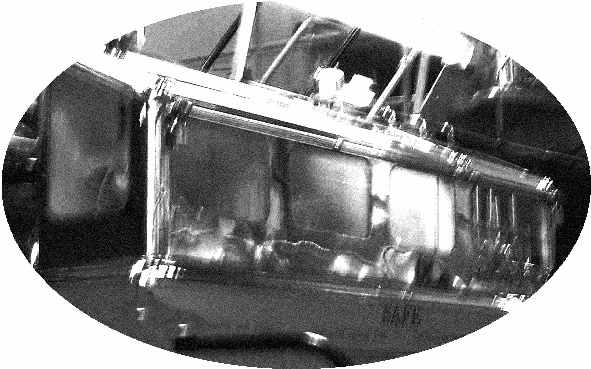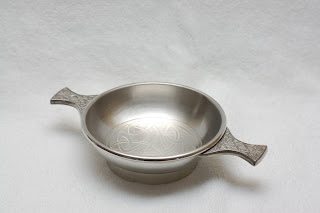"What region of the earth is not full of our calamities?" - Virgil
One of the most interesting aspects of learning about alcoholic beverages from around the world is the extent to which they reflect the cultural heritage and traditions of the people in the regions where they were developed. This is readily apparent in the ingredients used to create these drinks, represented in the use of indigenous flora, including fruit and vegetables: Agave used to create Tequila in
As important as the plants which constitute the main ingredients in the production of a particular liquors are, so too are the conditions under which they are grown. Growth conditions will alter the metabolism and therefore result in biochemical changes in the plants, particularly in the carbohydrate (sugar and starch) profiles. Connoisseurs are often able to identify the region which produced a given brand of liquor, based on distinctive elements in the taste. This "geographical" aspect of taste is most often associated with wine, and is referred to in the industry with the French word terroir. If you think about the limited range of growth conditions necessary to produce wine grapes (temperature, quantity of water) it is understandable how much emphasis could be placed on wine regions and the growth conditions of grapes within those regions. How subtle changes in these conditions result in significant changes in aroma and flavour is what makes wine production as much an art as a science.
In the whisky world, terroir has also traditionally been trumpeted as critically important. Most malts advertise exactly where they are being produced, as this provides them with some notoriety or links to particular areas traditionally associated with good whisky, such as the Scottish Highlands. But what is it that sets these regions apart when it comes to producing whisky?
To understand regional distinction i
The peatiness and smokiness of various whiskies can be the result of flavours within the water source (which may be flowing through peat bogs), but they are more strongly associated with methods used to dry the germinated barley. Traditionally, huge ovens called “kilns” are used to generate heat and smoke for drying the barley prior to it being crushed into the powdery grist necessary for fermentation. On Islay, as there are not many trees on the island, blocks of peat were cut from the earth to use as a cheap fuel to fire the kilns instead of wood, charcoal or oil. The smoke generated from these kilns not only dried the barley but infused it with some of the flavours and aromas we associate with
I’ve offered two examples of “regional” cha
Are these regional distinctions still relevant today? Barley can be grown in different places and shipped to anywhere in
Rules and legislation regarding the production and labeling of liquors help to maintain a certain distinction.
I’m not prepared to throw out regional distinctions altogether, because I think that they offer some rough guidelines and also add some cultural flavour to whisky. The danger lies in passing judgement on the style of a drink simply because of the region it comes from. Exceptions to these “rules” or trends in style are often exceptionally good. This makes it worthwhile to learn about the distilleries and their craft, how the whisky is made and their approach to balancing tradition with more modern production methods.
I often think about the origins of any particular dram I’m enjoying at the time; imagining the people and their environment coalescing in production of the whisky. This inevitable infusion of cultural influence makes the drink (and the work put into making it) that much easier to appreciate.






No comments:
Post a Comment